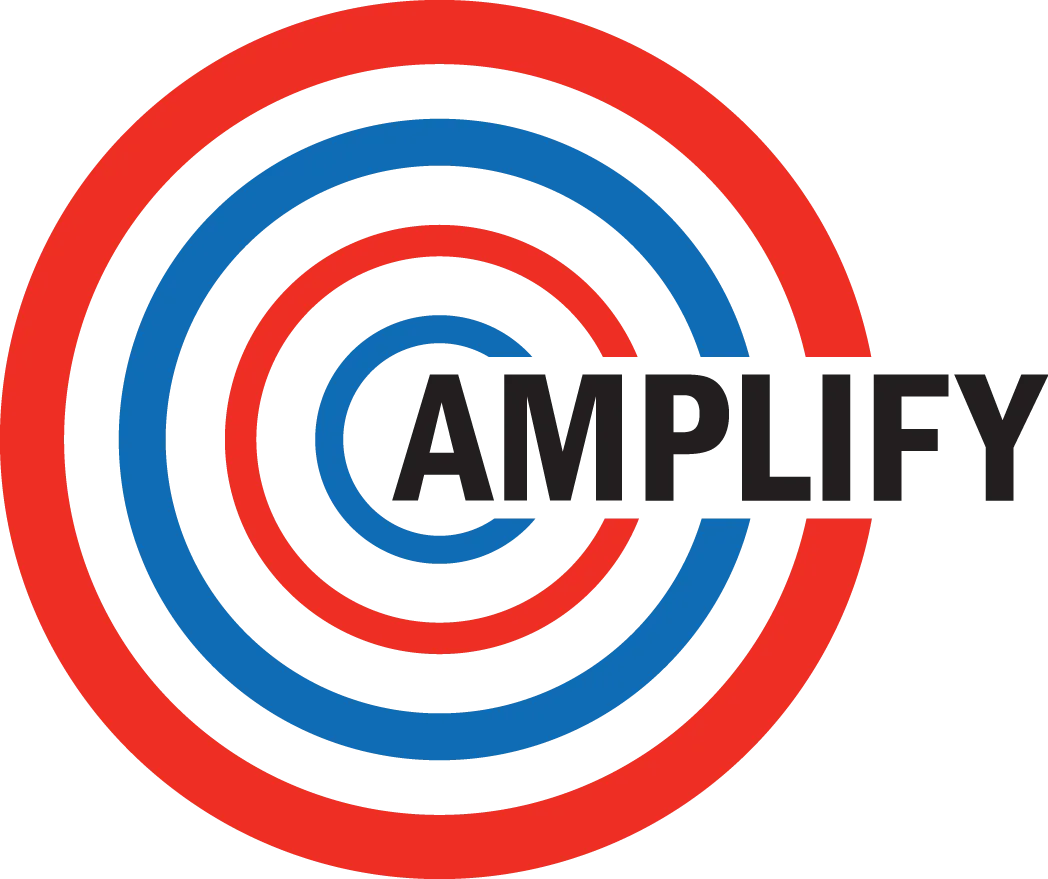Since our founding in 2011, Amplify has helped a wide range of organizations achieve their policy and advocacy goals.
Case Study 1
The Center for Women and Work at Rutgers University
Problem: The Center for Women and Work at Rutgers University authored a study on family leave insurance that had important findings: the uptake of the program was lower than expected and that the state failed to meet its statutory obligation to educate the public about the program. The study, however, received very little traction both in policy circles and among the general public.
Anticipated Consequence: Without sufficient public awareness of family leave insurance, New Jersey families were not taking advantage of a resource that would improve their financial situation, health, and emotional well-being.
Role: Amplify was tasked to 1) increase public awareness and understanding of the study’s findings, 2) drive attention to this public awareness problem among policymakers, and 3) increase support for legislation to allocate state funding for a public education campaign.
Action: Amplify 1) produced a video that highlighted the study’s key findings, 2) crafted an earned media strategy to drive traffic to the video and increase awareness of the study, 3) screened our video at the State House in Trenton, where the State Senate President and Senate Majority Leader celebrated the anniversary of the family leave insurance legislation’s signing with a “birthday” party with cake, balloons, and children whose parents had taken advantage of the program.
Results: The video moved State Senator Buono to tackle Family Leave Insurance reform.
Case Study 2
The Education Law Center
Problem: The Education Law Center and other special education advocates (SPAN, ARC and Disability Rights New Jersey) had compelling research on the value of including children with disabilities in the general education classroom and were suing the State of New Jersey for failing to ensure that New Jersey students with disabilities receive an appropriate education in the “least restrictive environment.”
Anticipated Consequence: The advocates wanted to make a case for inclusive education whether or not they won the case. Without making a compelling case, parents of non-disabled children would object to including children with disabilities in the
classroom and parents of the disabled would struggle to push their school districts to create inclusive classrooms.
Role: Amplify was tasked to 1) increase public awareness and understanding of the research’s findings, 2) create resources for parent advocates, and 3) create a campaign that could be mobilized for future advocacy efforts.
Action: Amplify 1) produced a video that highlighted the key findings of research on inclusive education as well as the benefits for all students and explained New Jersey’s failure to provide adequate inclusive education 2) crafted social media and distribution strategy to drive traffic to the video and increase awareness of the values of inclusive education, 3) create branding and a web site that would give the Inclusion Campaign its own identity separate from the individual advocates’.
Results: The video has been viewed by almost 2,000 people on YouTube alone and is a tool used by dozens of advocates at school board meetings. Professional organizations are using the video as a training tool. For example, NJEA is making the video part of its general special education trainings (which are given to both special education and general education professionals) and will feature it in their next special education coalition meeting; the New Jersey PTA is showing it at their conference and shared it with its chapters, and the NJ Principals & Supervisors Association shared it with all of its members. Additionally, if the settlement between the advocates and the State disintegrates, the campaign can pivot and the advocates have an audience that they can mobilize as needed.
Case Study 3
Kids Count
Problem: The Annie E. Casey Foundation’s annual KIDS COUNT report had never had a digital companion to make it easily accessible to a wider audience. There were not enough people reading the report so its impact was limited.
Anticipated Consequence: For the first time, advocates nationwide could make a stronger case for their work to a larger audience with a compelling video piece to share.
Role: Produced a video companion to the 2013 KIDS COUNT report, “Youth and Work: Restoring Teen and Young Adult Connections to Opportunity” and designed a social media strategy for increasing views of the video to drive traffic to the report’s findings and recommendations.
Action: Amplify produced “Opening Doors,” a digital video companion to the KIDS COUNT report on disconnected youth, which premiered at the release event AECF hosted in Washington D.C. Amplify also served as faculty at the inaugural KIDS COUNT Strategic Communication Institute in Denver, Colorado, leading break-out sessions on writing for the internet and using video and infographics to break through the glut of digital communications, and presenting at training sessions and at the plenary session, Moving from Communications to Conversation.
Results: For the first time, a KIDS COUNT product has a digital companion (video and social media), bringing the gold standard of public policy reports into the digital age.
Case Study 4
The Newark philanthropic community
Problem: The Newark philanthropic community was concerned that their investments in public safety programming are not yielding results. The City’s budget deficit, coupled with the USDOJ’s oversight of the police department are hindering the City’s ability to develop a comprehensive plan for public safety.
Anticipated Consequence: The philanthropic community plans an off-site, two day, cross sector retreat to discuss problems and solutions.
Role: Amplify is hired to plan and facilitate the retreat.
Action: At the beginning of the retreat, Amplify creates a visual inventory of public safety initiatives operating in the City. The participants are stunned by the lack of coordination and the lack of awareness about the existing programs.
Results: Amplify is recruited to plan and manage the Safer Newark Council, a standing body of executive leadership from major Newark corporations, foundations, and other anchor institutions that will pool resources and deliver public safety strategy guidance and expertise, identifying needs and gaps to drive better coordination and collaboration among public safety initiatives in Newark, encompassing both advising and accountability functions. The Safer Newark Council officially began operations, under Amplify’s facilitation, in June, 2015.

